The new Plant Atlas is the most powerful statement ever produced on the state of our wild and naturalised plants. It gives us stark data on the loss of British and Irish flora

Thousands of botanists from the Botanical Society of Britain and Ireland (BSBI) have spent the last twenty years collecting data on changes in the British and Irish flora. The results have now been published in Plant Atlas 2020 and four main trends have emerged since the 1950s:
- 53% of our native plants such as Heather and Harebell have declined in Britain due to human impacts such as agricultural intensification and climate change
- non-native plants now outnumber native plants in the wild – this startling discovery has huge implications for the insects and other species that depend on our native plants
- many non-native species are benign but some such as New Zealand Pigmyweed and Sitka Spruce have become invasive, disrupting ecosystem function and outcompeting native species
- many montane plants have declined due to climate change whereas some southern species such as Bee Orchid have benefited and spread further north
Plant Atlas 2020 is the most in-depth survey of the British and Irish flora ever undertaken. It builds on two previous Atlas surveys undertaken by the BSBI in the twentieth century.
Julia Hanmer, BSBI Chief Executive, says: “Plant Atlas 2020 presents a powerful and concerning insight into the changing distributions of our wild plants. More than 30 million plant records of 3,445 species, collected by almost 9,000 botanists, fed into the Atlas project. The dedication and expertise of our recorders, combined with the in-depth knowledge of scientists at BSBI and BRC/UKCEH, provides a unique contribution to the evidence base needed to underpin nature recovery and highlights the urgent need for action to ensure that going forwards our wild plants thrive and are valued“.
Many of the habitats our wild plants depend on have been impacted by changes in agriculture since the 1950s. Nitrogen enrichment, habitat degradation and changes in grazing pressure have led to the decline of species such as Heather and Harebell; damp meadows have been drained, leading to substantial declines in plants such as Devil’s-bit Scabious; traditional grasslands have been reseeded or over-fertilised, and consequently 62% of our ancient arable wildflowers such as Corn Marigold have declined.
Climate change and the loss of British flora
Climate change is likely to be the primary cause of the declines of some mountain plants such as Alpine Lady-fern, Alpine Speedwell and Snow Pearlwort which depend on areas where the snow lies late in the spring and summer. Peatland habitats will be essential as we strive to combat climate change, but they are being impacted by species such as Sitka Spruce, which is able to regenerate into moorlands and peatlands, reducing their ability to sequester carbon. Sitka Spruce has shown the most significant increase in range of any species recorded for Plant Atlas 2020.
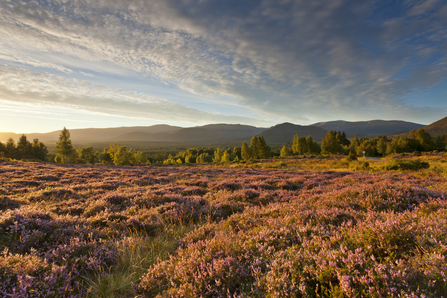
Dr Kevin Walker, BSBI Head of Science and Plant Atlas 2020 co-author, says: “There’s lots we can do to reverse these declines, but the most important are to increase the protection plants receive, extend the habitat available to them, and to place their needs at the very heart of nature conservation. We also need to ensure that our land, water and soil are managed more sustainably so that plants, and the species which rely upon them for food and shelter, can thrive. Plant Atlas 2020 provides the evidence we need to do this important work, but we’ll need even more research and monitoring to help better conserve our wild plants and their vitally important habitats in the decades to come”.
Craig Bennett, chief executive of The Wildlife Trusts, who helped fund the publication by Princeton University Press of Plant Atlas 2020, says: “The decline of our beautiful native plants is heart-breaking and has consequences for us all. The loss of natural habitats due to modern farming methods over the last 70 years has been an unmitigated disaster for wildflowers and all the species that depend on them including insects, bats and birds. But it’s not too late to stop this catastrophe. The Government’s new farm environment schemes must do what was originally promised and reverse the decline of nature in our agricultural landscape. Also, protection for Local Wildlife Sites needs to be increased, and the promise made by the Government at the recent UN biodiversity summit to halve nutrient pollution by 2030 must be honoured.”
See Craig Bennett’s blog: It’s not too late to stop the catastrophic loss of our wild plants | The Wildlife Trusts.

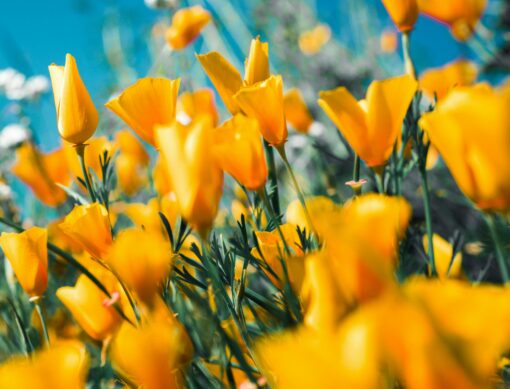
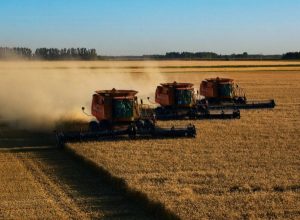

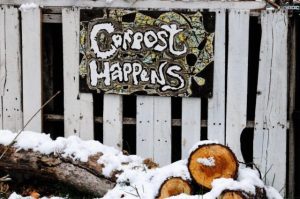

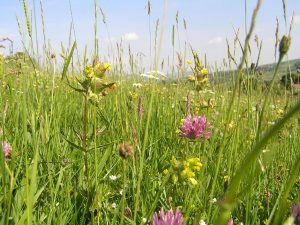
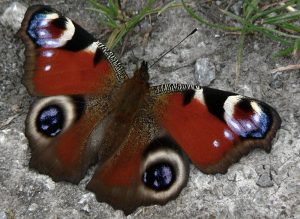
9 Comments
I recently moved into a house where the former owner had, for convenience, completely blue slate chippings covered front, back & side gardens (approx 50 sq ft) except for a small heather bed and 15 strategically placed balsam firs (one being directly under the washing line). It felt sterile and dead. I placed an ad inviting anyone who wanted aforementioned BSC to come and help themselves. They cleared enough for me to earth up a section that I have seeded with native wildflowers and am excited to see the results (sadly, not in its full glory till next year). If I become PM, I should make it a legal requirement.
This sounds lovely Marcia – I really hope it works for you. I’ve found wildflower seeds harder to encourage than you’d think!
This sounds lovely Marcia – I really hope it works for you. I’ve found wildflower seeds harder to encourage than you’d think!
to Rebecca Stacey…oo-er! so I could be flogging a dead horse? I have asked next door’s cat to stop using my seedling wildflower meadow as a toilet, so I’m not sure what else can be done to encourage germination.
I’ve found that covering showings with horticultural fleece keeps of cats and birds so the seeds can germinate.
I’ve found that covering showings with horticultural fleece keeps of cats and birds so the seeds can germinate.
I’ve found that covering showings with horticultural fleece keeps of cats and birds so the seeds can germinate.
I’ve found that covering showings with horticultural fleece keeps of cats and birds so the seeds can germinate.
I’ve found that covering showings with horticultural fleece keeps of cats and birds so the seeds can germinate.